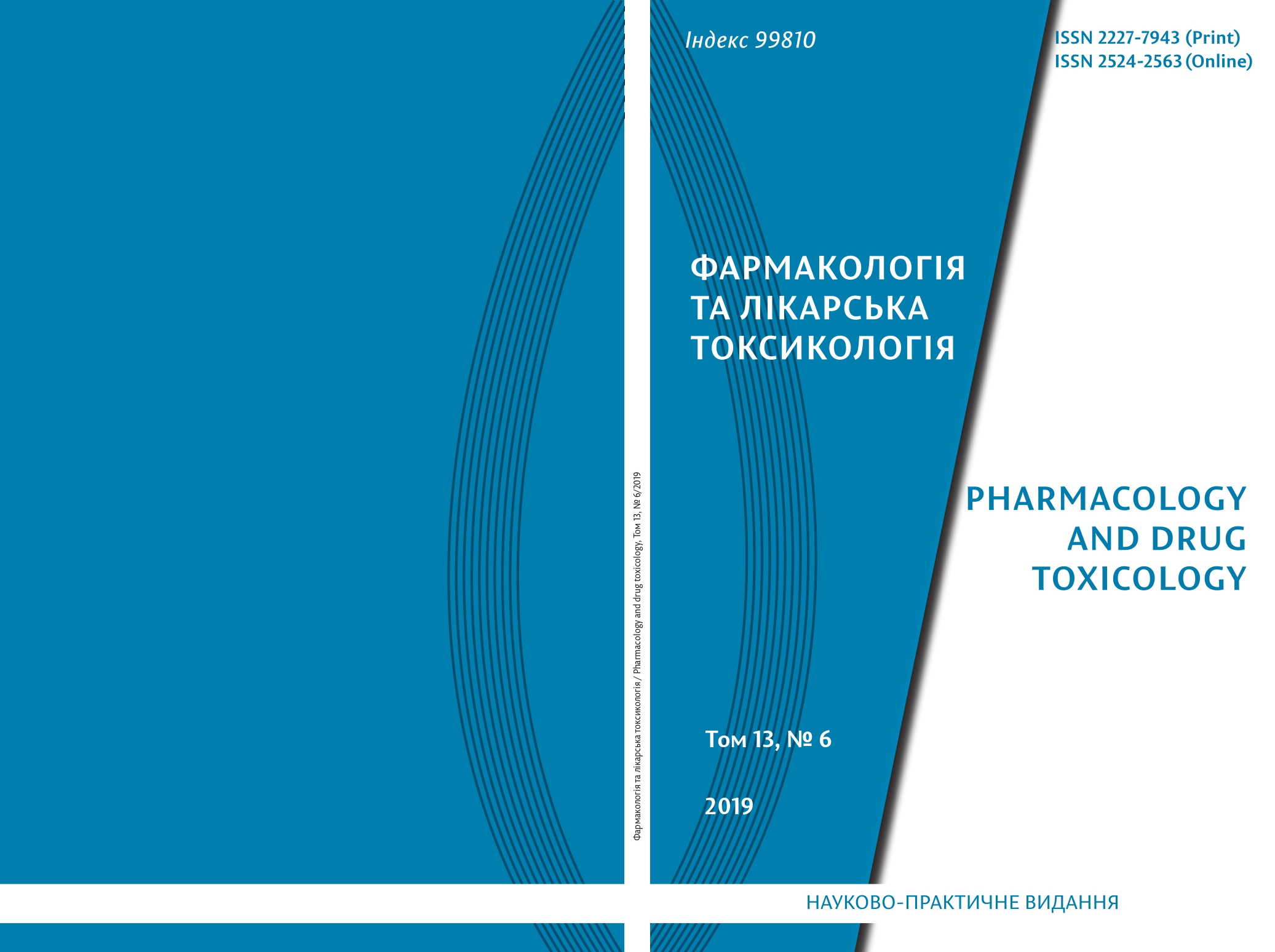Abstract
The aim of the study was to evaluate the effectiveness of the lipophilic extract of the herb Achillea collina J. Becker ex Reichenb (LETP) on thermal burn model in rats. Studies were carried out on 40 white outbred rats of both sexes weighing 200–240 g. Thermal burn was simulated by the contact method under light ether anesthesia. LETP and the referent preparation, an ointment with sea buckthorn oil, were applied on the wound surface 1 time per day for 50 days. Wound healing activity was evaluated by such indicators as elimination of the perifocal reaction, scab rejection, the appearance of granulation, the onset of marginal epithelization, and the rate of complete epithelization. Solid-phase immunosorbent sandwich method ELISA was used to determine the markers of oxidative stress (nitrotyrosine) and inflammation (C-reactive protein, interleukin-1b) in serum. During an experiment on rats with a thermal burn model, it was found that LETP and ointment with sea buckthorn oil had a significant wound healing effect, accelerating the rate of regeneration. Complete healing of a burn wound under the influence of LETP and ointment with sea buckthorn oil occurred on days 24th–26th compared with 46 days in the control group of animals. In the cases of LETP and ointment with sea buckthorn oil using, the content of nitrotyrosine in the blood serum decreased by 43,2 and 47,0, C-reactive protein – by 47,3 and 24,8 %, interleukin-1b – by 54,3 and 26,2 %, respectively, compared with the control group. The results obtained confirm the wound healing effect of LETP and allow us to recommend it as a promising plant material for the production of phytopreparation components with wound healing activity.
